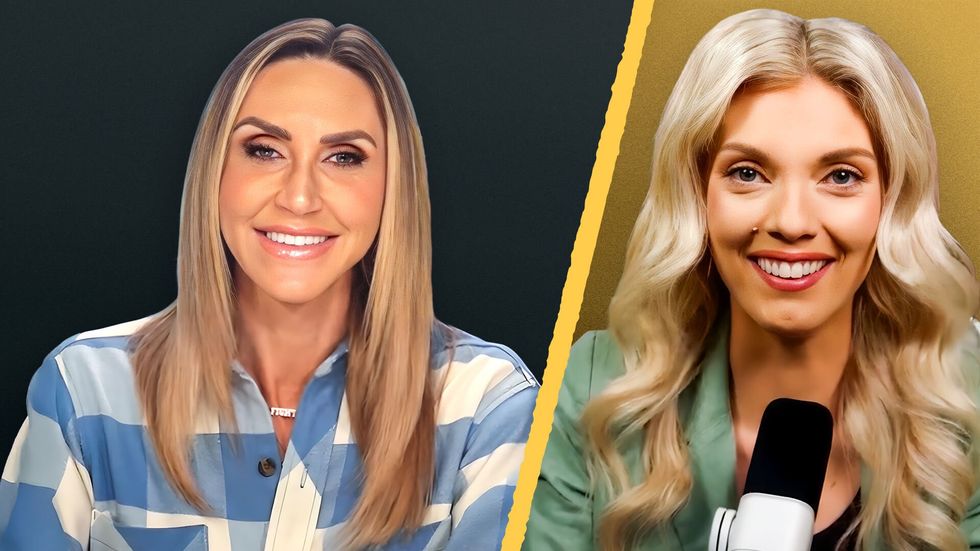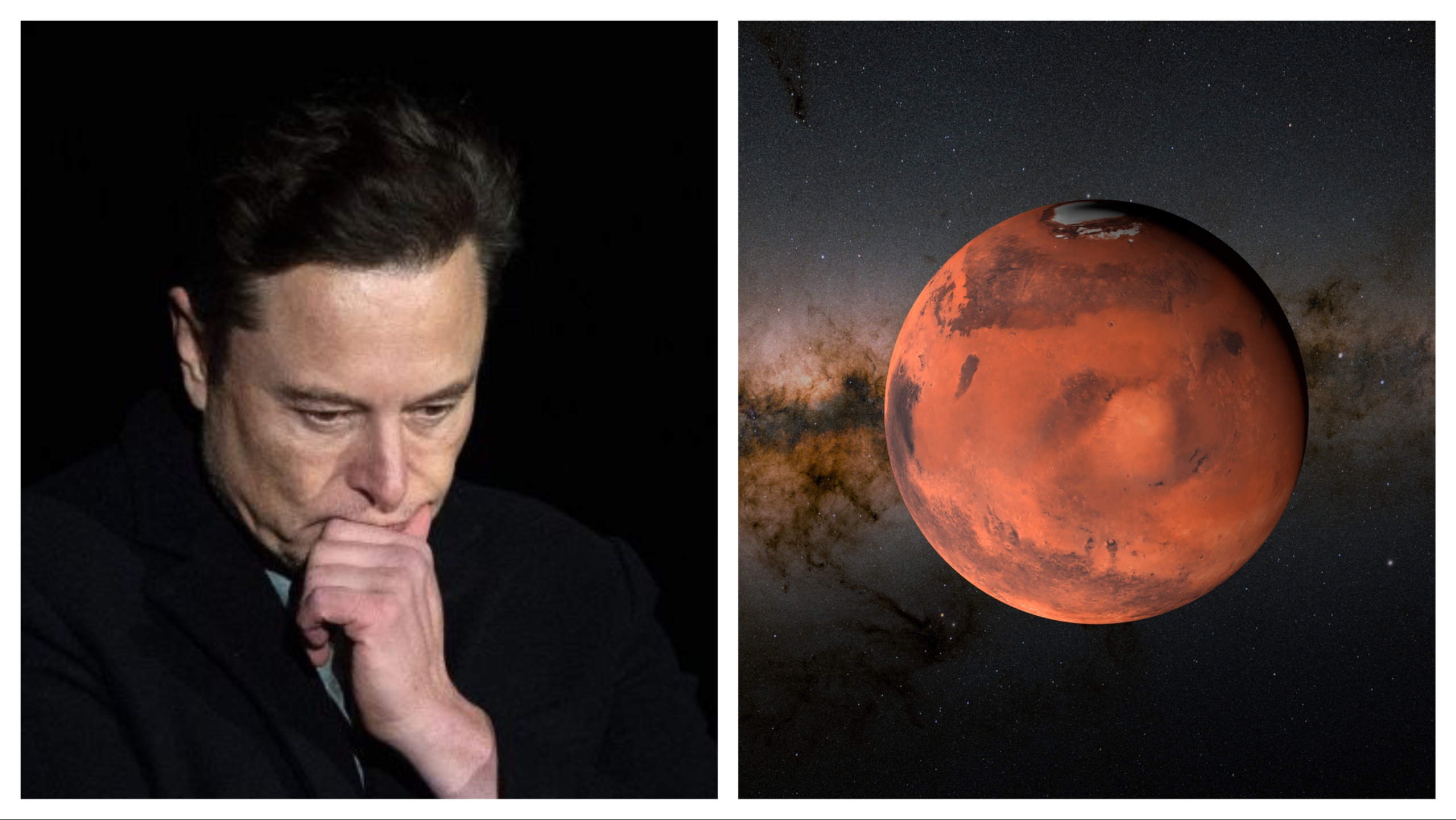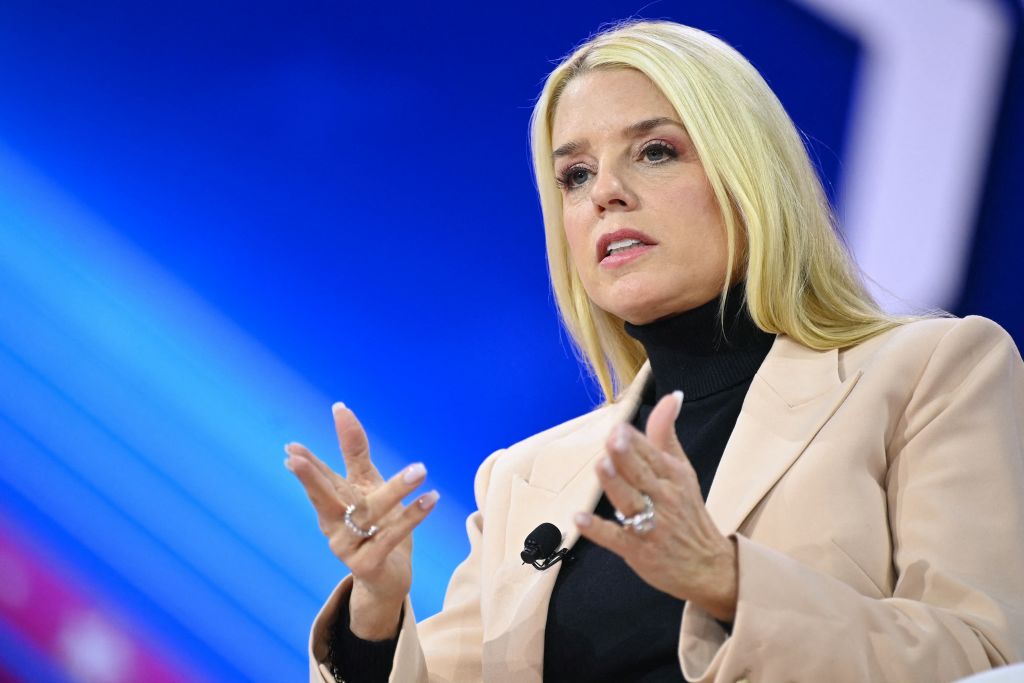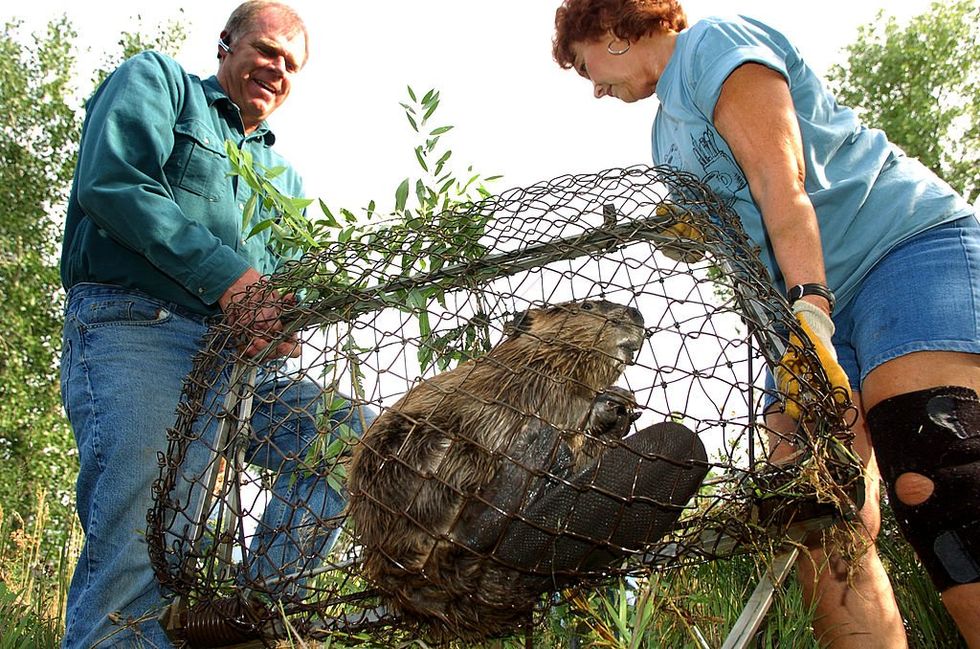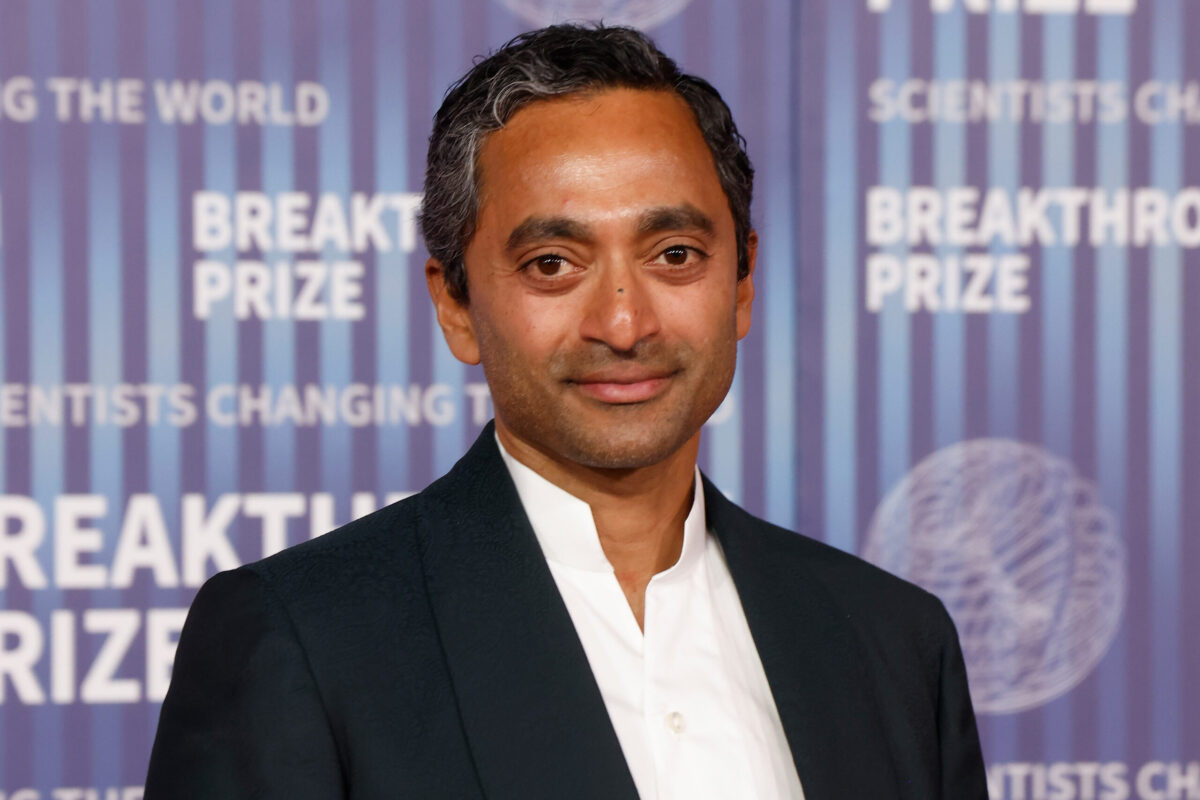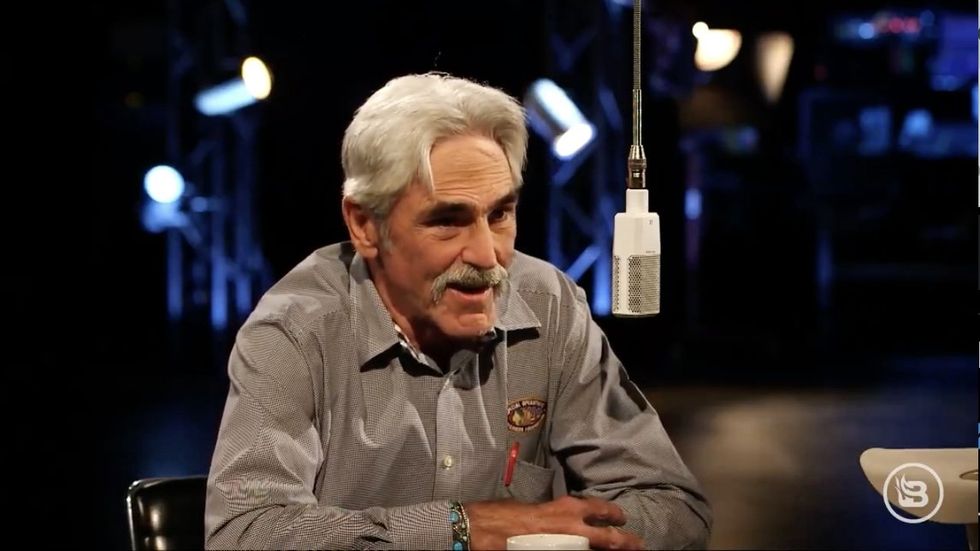University of Maryland President Copied Rocket Science Paper From Aussie Student
The finding of significant past plagiarism comes after Pines this month presented what he said was “faculty research” defending a pro-Palestine rally planned for October 7, but which actually came from ChatGPT.
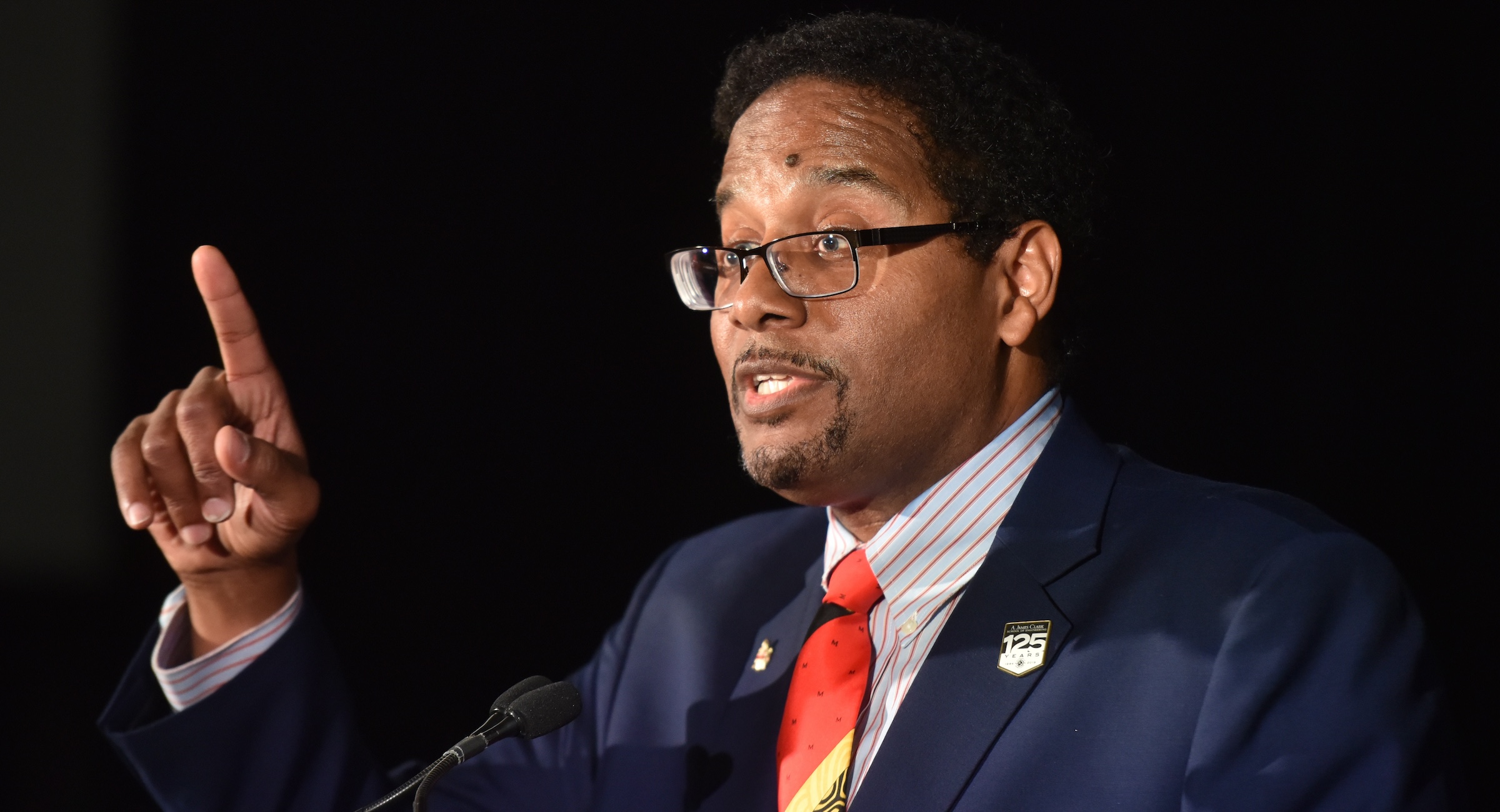
University of Maryland President Darryll Pines appears to have committed significant plagiarism, lifting large portions of two academic journal articles from a tutorial website made years prior by an Australian student, a Daily Wire investigation found.
A 1,500-word stretch of a 5,000-word paper by Pines and a co-author published in 2002 — accounting for nearly a third of the paper — is virtually identical to a tutorial website called “Surfing the Wavelets” published in 1996 by Joshua Altmann, who at the time of publishing was a university student in Australia.
Pines does not cite or mention Altmann or the website, which says it was last updated in October 1996. Pines and his co-author, Liming Salvino, then recycled much of that paper, including almost all the uncredited Altmann language, for another peer-reviewed paper in 2006.
Pines, a rocket scientist and diversity activist, does not appear to have made any changes to Altmann’s work except removing some sentences and Americanizing the Australian’s British spelling (turning “analyse” to “analyze,” e.g.) — but Pines missed two such words, “endeavour” and “modelling,” which remain in his work with the spelling commonly used abroad.
Pines’s systematic editing of British words suggests he did copy the language, but deliberately manipulated Altmann’s text to look like his own. The finding of significant past plagiarism comes after Pines this month presented what he said was “faculty research” defending a pro-Palestine rally planned for October 7, but which actually came from ChatGPT.
Am I Racist? Is In Theaters NOW — Get Your Tickets Here!
When Altmann published the tutorial in 1996, he had recently been working in a restaurant and was a student at Monash University in Melbourne, Australia. At the time, Pines had a doctorate from MIT and was leading a University of Maryland program “to increase the number of underrepresented minority PhDs in four departments within the College of Engineering.”
Another scientist cited Altmann’s online tutorial in his Ph.D. dissertation in 1998.
The duplicated language is highlighted here:

Pines’s 2002 paper, “Health monitoring of one dimensional structures using empirical mode decomposition and the Hilbert-Huang Transform,” was published in the journal Smart Structures and Materials, part of the SPIE engineering association.
In 2006, Pines and Salvino reused a large portion of that paper — including nearly the entire uncredited Altmann section — for a paper published in the Journal of Sound and Vibration, “Structural health monitoring using empirical mode decomposition and the Hilbert phase.” The above chart looks almost the same whether comparing Altmann to Pines’s 2002 or 2006 papers.
Where Altmann writes the word “endeavor,” Pines’s 2002 article says “endevour,” as if someone tried to Americanize the Australian’s British-style language but removed the wrong letter. The 2006 article also mirrors Altmann’s language in using the British “modelling,” though the 2002 article does not, perhaps because an editor at that journal changed it to the American “modeling.”
Pines’ papers do not contain any footnotes to Altmann. Instead, his footnotes are the same as Altmann’s, down to the page numbers.
In virtually the only instance where Pines tried to paraphrase, he managed to add multiple errors. Altmann writes, “Several techniques can be used to enhance the characteristics that are otherwise not readily observable.” Pines’s 2002 paper says “This led to the emergence of several techniques that could be used to enhance the characteristics that would otherwise not readily observable.” That passage in his 2006 paper has an additional inserted typo (one apparently again caught by the more vigilant 2002 editor), saying “This lead to the emergence.”
Katie Lawson, a spokeswoman for the University of Maryland, did not deny that the language was copied, but suggested there would be no repercussions for the president.
“It is not uncommon for historical and technical reviews to use recurrent language to provide a framework for past work. Establishing this shared understanding in the scientific community is what allows for applications of new technology, which is what Dr. Pines and Dr. Salvino explored in testing a new application of the Hilbert phase. The use of customary or common language in introductory material does not speak to the integrity of the data or the veracity of the findings,” she said in an email.
Lawson declined to respond to questions about whether University of Maryland students and faculty are required to cite their sources when using extensive verbatim work of others, and what would happen if they did not.
IEEE, a professional engineering society, says “Plagiarism includes, but is not limited to, (a) uncredited copying of someone else’s work, (b) using someone else’s material without clear delineation or citation, and (c) uncited reuse of an author’s previously published work that also involves other authors.” It said it “is a type of copyright infringement, and as such may also subject the author(s) to legal liability.”
IEEE’s policies say that it considers “uncredited verbatim copying of a large portion (greater than 20% and up to 50%) within an article” as its second-most serious offense. It said the actions that “shall” be taken in such a case include the publication of a “Notice for Publishing Misconduct,” rejection of all articles currently being reviewed by the author, and possible prohibition of future publishing.
The society recommends that the offender be required to submit an apology to the victim and the journal editor, with more severe punishment if he refuses.
The Daily Wire reported this month that Pines plagiarized from ChatGPT and passed the writing off as original research he had gathered from faculty experts. “I have consulted with Middle East Scholars and Historians on our campus regarding the origin and history of the Palestinian Flag. The general consensus opinion from these faculty scholars is as follows,” he wrote, followed by output that in reality came from ChatGPT.
He used the veneer of “expert scholarship” to end a debate with a Jewish critic who objected to his decision to allow a pro-Palestinian group that advocates for “armed struggle” to hold an event on October 7, the anniversary of Hamas’ attack on Israel. When The Daily Wire asked him about the false attribution, he ignored the inquiry.
Pines is credited with many journal articles and academic accomplishments, but his scientific achievements often come with him as just one member of a larger group. In the plagiarized articles, he is the lead author.
His journal articles co-authored this year include “Stereotypes and Implicit Biases in Engineering: Will Students Need to ‘Whistle Vivaldi’?” and “Understanding the ‘Us All’ in Engineering 4 Us All through the Experiences of High School Teachers.”
Pines’s story is similar to that of former Harvard president Claudine Gay, who resigned following the exposure of her own plagiarism. Both Pines and Gay came under fire for their handling of anti-Semitism on campus, and were uncovered as plagiarists in the ensuing scrutiny.
Originally Published at Daily Wire, World Net Daily, or The Blaze
What's Your Reaction?















